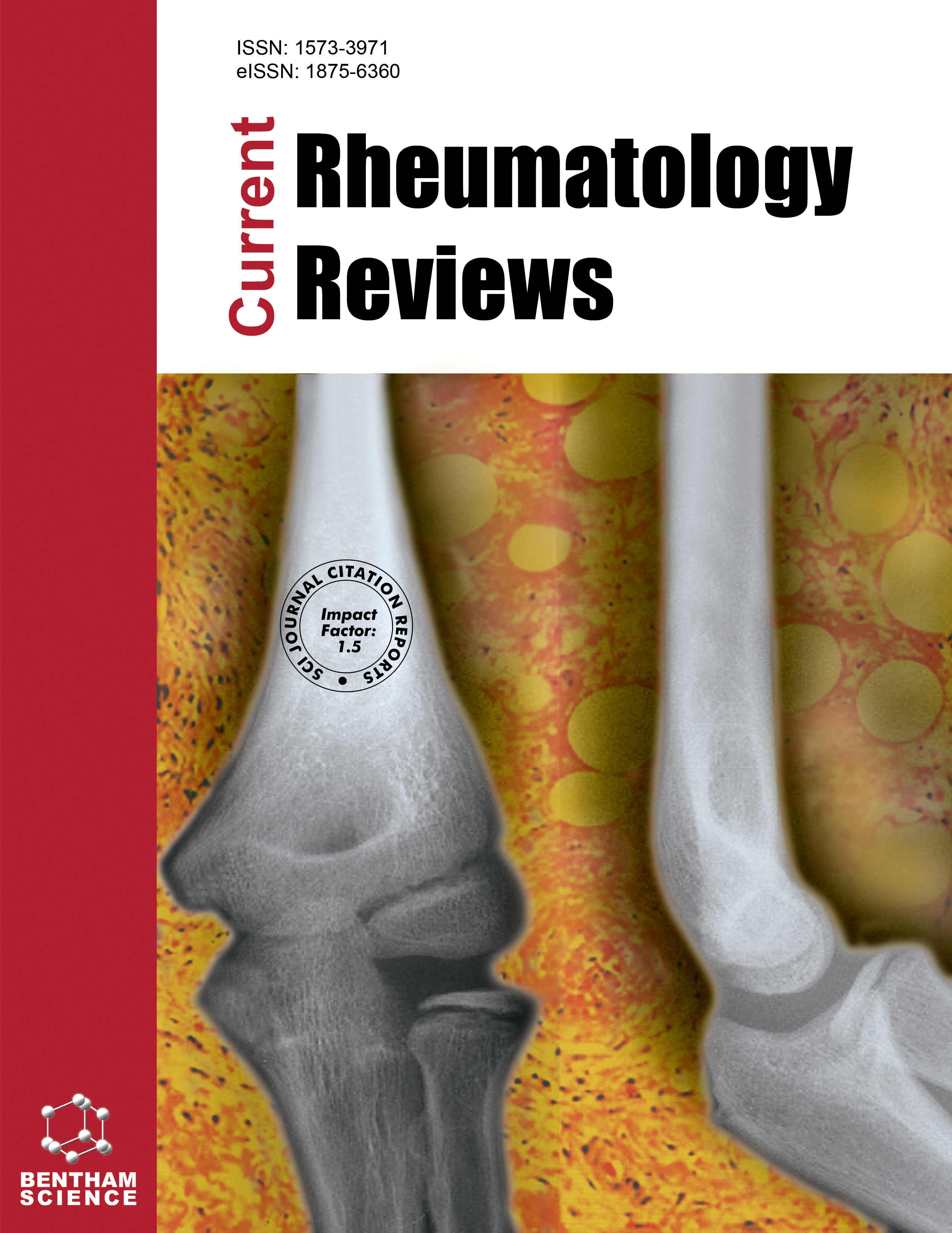
Full text loading...

14-3-3η (eta), an intracellular chaperonin, is elevated in the serum of patients with Rheumatoid Arthritis, a progressive inflammatory “autoimmune” disease that impacts joint function and daily activities. This study aimed to assess 14-3-3η levels in DMARD-naïve Rheumatoid Arthritis patients and analyze its association with TNF-α, MMP-1, RA factor, AC CP, and disease activity.
A cross-sectional study was conducted on 90 DMARD-naïve RA patients. The clinical evaluation included the Health Assessment Questionnaire-Disability Index (HAQ-DI) and the Disease Activity Score of 28 joints using ESR (DAS28-ESR). Serum levels of RF, ACCP, 14-3-3η, TNF-α, and MMP-1 were measured using ELISA. Mann-Whitney and Spearman correlation tests were applied, with p < 0.05 considered statistically significant.
Among 90 RA patients (76 females, 14 males), 68(75.6%) were seropositive. Serum levels of 14-3-3η and TNF-α differed significantly between seropositive and seronegative groups. TNF-α correlated positively with both 14-3-3η (r = 0.397, p < 0.001) and MMP-1 (r = 0.284, p = 0.007).
The correlation between 14-3-3η and TNF-α suggests a possible role for 14-3-3η as an adjunctive biomarker in early RA. While findings are promising, the small sample size and lack of follow-up warrant cautious interpretation. Further longitudinal studies are needed to confirm its clinical utility and integration within composite biomarker models.
Serum 14-3-3η may serve as a supportive biomarker for the diagnosis of early rheumatoid arthritis and assessment of disease activity. Its correlation with TNF-α reflects a potential link to inflammatory burden. Further large-scale, longitudinal studies are needed to confirm its clinical utility.

Article metrics loading...

Full text loading...
References


Data & Media loading...